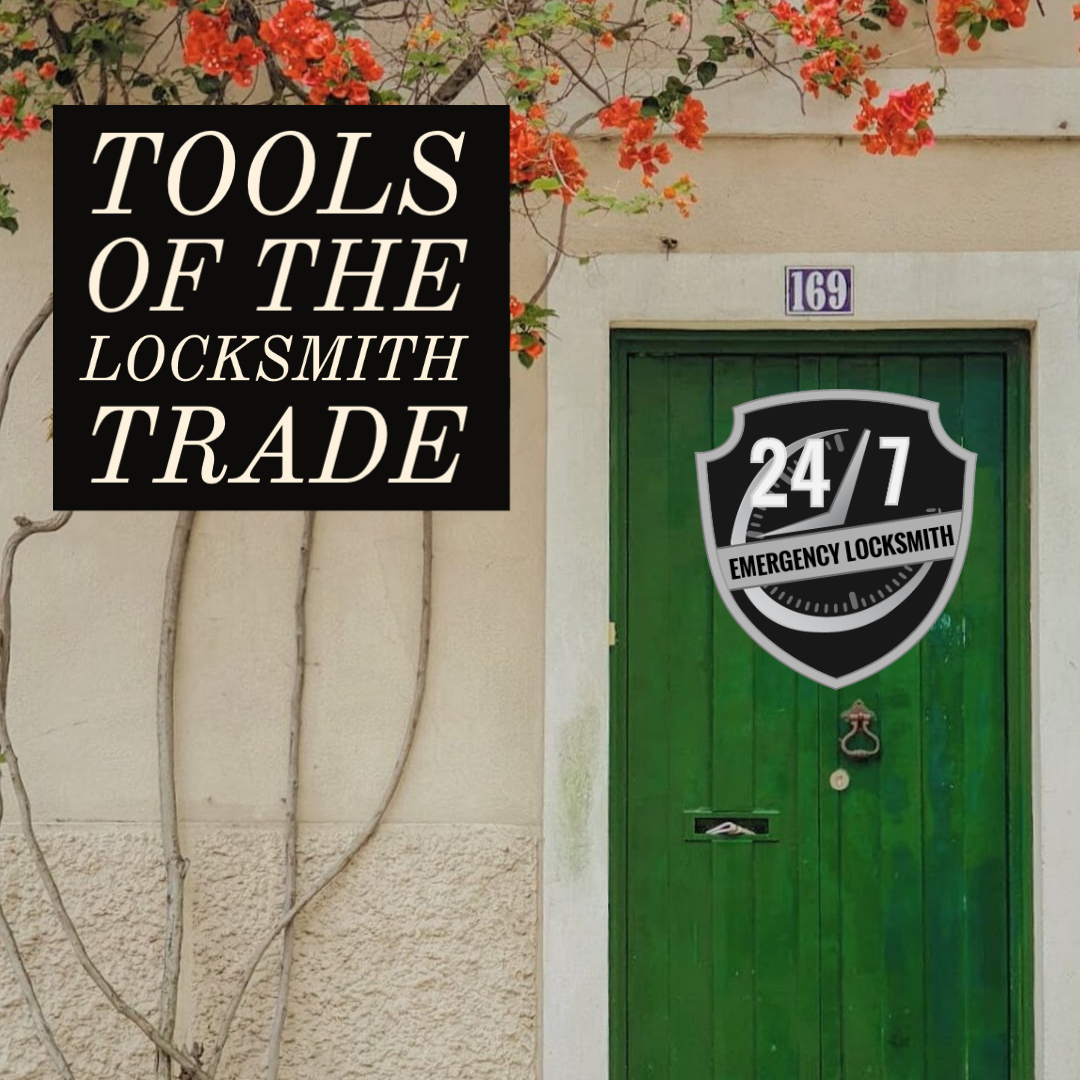 You probably don’t think too much about what’s in your locksmith’s bag when you call him or her to help you get out of a sticky situation. You’re just happy they are there!
You probably don’t think too much about what’s in your locksmith’s bag when you call him or her to help you get out of a sticky situation. You’re just happy they are there!
We’re going to take a little bit of a look into what a locksmith carries around with them.
Super Mica Bypass Shims: Have you ever tried to unlock a door with a credit card? This is kind of like that, but way more professional.
Tension Tools: “The tension wrench is the first item to go into the lock, and you use it to apply a light amount of pressure. Doing so creates a very tiny ledge – along what we in the trade call ‘The Shearline’ – meaning whether you’re picking, raking, bumping, whatever, the pins have somewhere to ‘sit’ while the other pins are being worked. Get all 5 pins to sit on the shearline and the lock opens. Tension is VERY important, and so are your tension tools.” Source: UKBumpKeys
Half Diamond Lock Pick: “This popular pick form is exclusively used for setting individual pins in the lock. The technique is basically the same as for hook picks. However, due to the triangular form of the pick, the depth for pressing pins down is here limited. Thus, the pins can only be pressed down, until the half-diamond hat gradually widens upwards touches the cylinder core. This feature can be helpful especially at the beginning, as pressing pins too far is avoided.” Source: Picklock24
Hook Pick: “A hook is a great tool for single pin picking, but it has several other uses that make it very dynamic. How many uses you can get out of your particular hook will depend on the size of the hook as well as the size and shape of the keyway.” Source: Unitedlocksmith.net
Rake Pick: “These picks, such as the common snake rake, are designed to rake pins by rapidly sliding the pick past all the pins, repeatedly, in order to bounce the pins until they reach the shear line. This method requires much less skill than picking pins individually, and generally works well on cheaper locks.” Source: Wikipedia
Bump Keys: “When bumping a lock, the key is initially inserted into the key way one notch (pin) short of full insertion. Bumping the key inward forces it deeper into the key way. The specially designed teeth of the bump key transmit a slight impact force to all of the key pins in the lock.” Source: Wikipedia
That’s just a look at some of the tools in a locksmith’s bag. Of course, there are many more!













